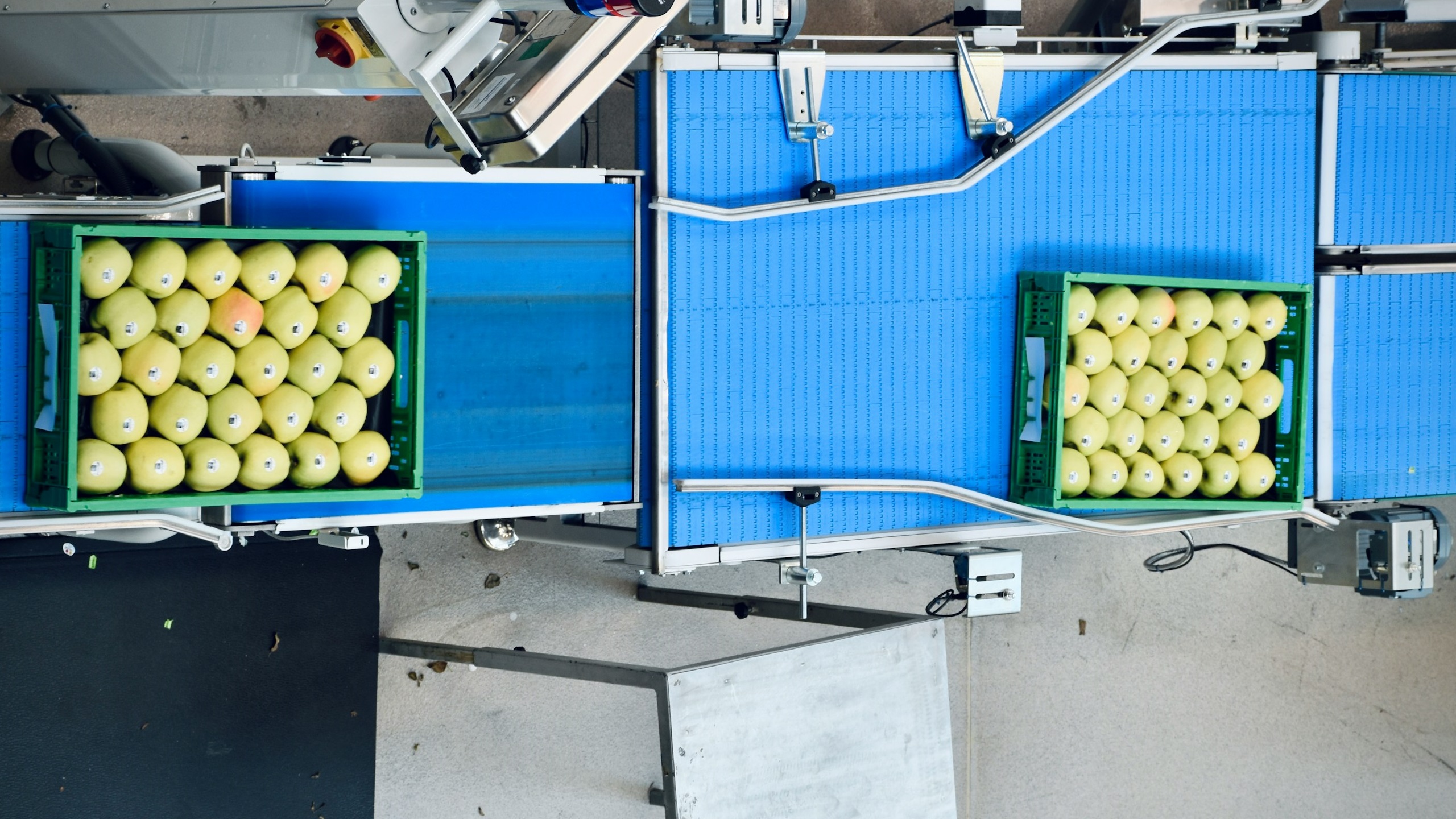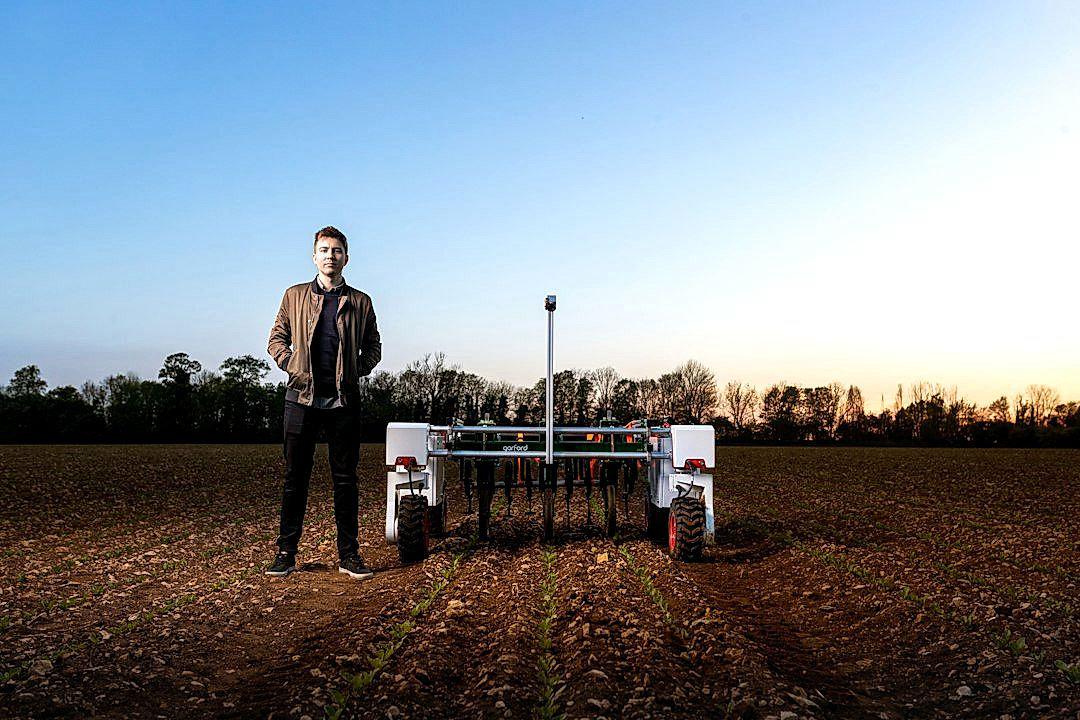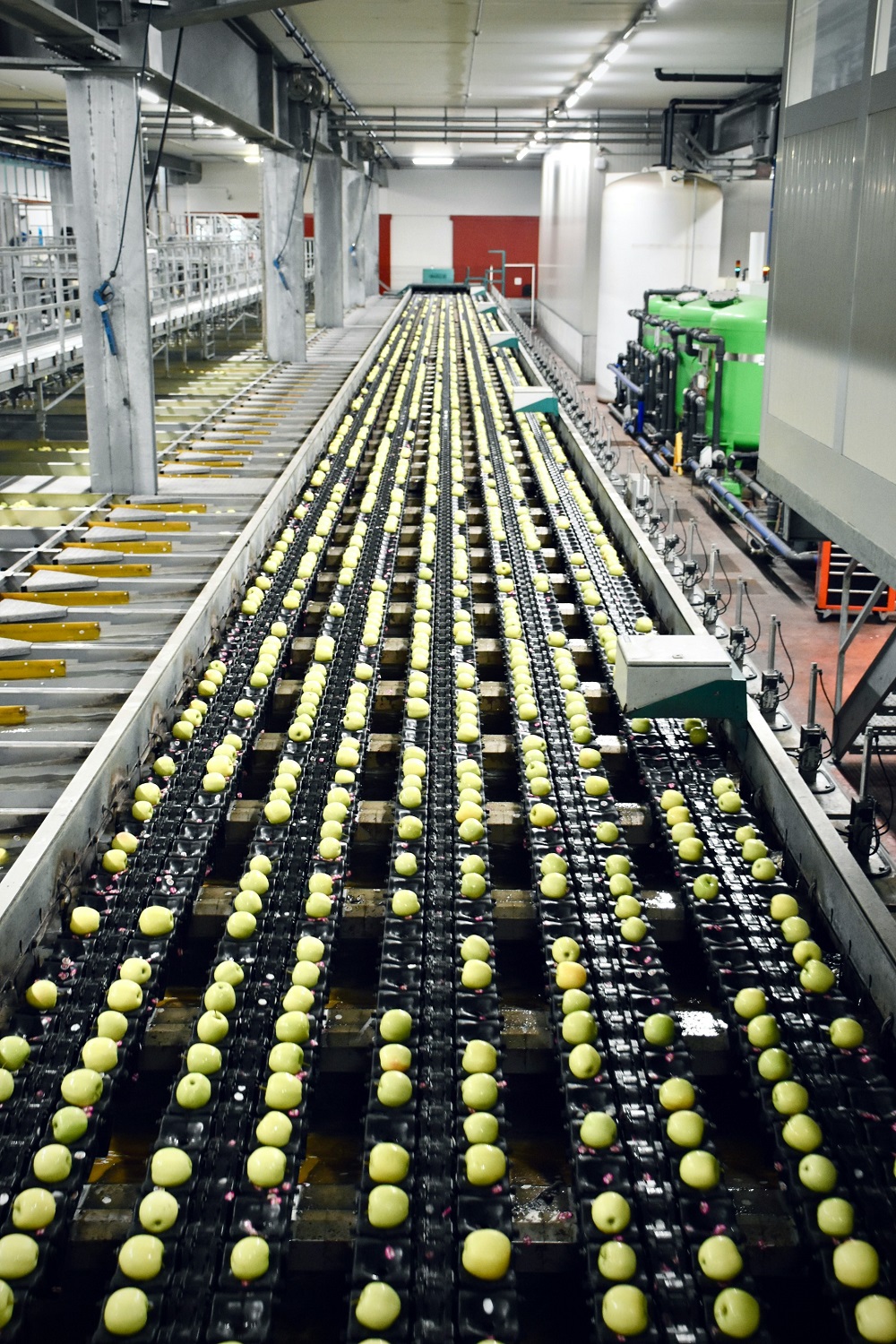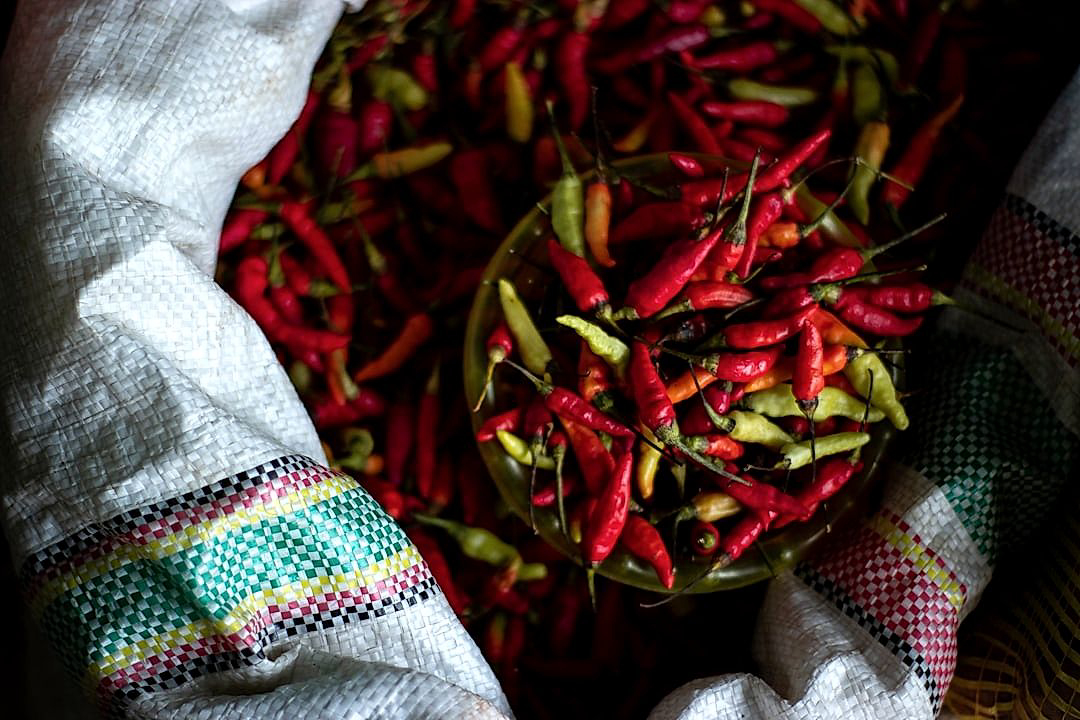In recent years, groundbreaking advancements have transformed the way we approach produce processing.
The adoption of pioneering technologies is reshaping this sector, ensuring food safety, enhancing efficiency, and reducing waste.
Businesses, scientists, and engineers have joined forces to innovate and bring solutions that help tackle real-world challenges.
As we delve into this topic, we’ll explore the technological innovations sweeping across this industry.
From revolutionary harvesting tools to advanced packaging solutions, we’ll see how they impact our daily life.
These are more than mere technical improvements; they are significant strides towards optimal resource and environmental management.
Contents
Breakthrough Technologies In Produce Processing
1. Advanced Robotic Sorting and Harvesting Systems
The advent of Advanced Robotic Sorting and Harvesting Systems has revolutionized the field of produce processing, introducing automation and precision on an unprecedented scale.
These systems leverage cutting-edge technology to automate what was once a labour-intensive and error-prone process of sorting and harvesting crops.
Today, robots equipped with image-recognition capabilities can identify and sort mature fruits from their immature counterparts, optimizing the harvest and dramatically improving efficiency.
By replacing manual labour with these high-tech robots, farms are experiencing fewer errors, a more consistent output and significant labour cost savings.
Robotic harvesters are also effective in combatting resource shortages, as they have the capacity to work 24/7 and are unaffected by factors such as weather or work regulations.
This is particularly critical as the agriculture sector is facing increasing labour shortages and rising costs, on a global basis.
With this technology, farms can operate around the clock, ensuring that not a single moment of potential productivity is wasted.
The precision of robotic harvesting also reduces wastage by minimizing damage to the fruits during the picking process.
This further contributes to cost savings and increases the overall yield by ensuring that every fruit picked is of selling quality.
One of the most important attributes of Advanced Robotic Sorting and Harvesting Systems is their ability to scale.
Unlike traditional manual labour which has a fixed capacity, robotic systems can be scaled up or down to match the size of the harvest.
This provides farmers with the flexibility to adapt to changing market demands or seasonal changes in harvest size.
As a result of these benefits, there is a growing trend of large-scale adoption of these systems across the agricultural sector.
Innovation is driving rapid advancements in this field, with companies continually developing new features and capabilities to increase the efficiency and effectiveness of these systems.
Amid the various challenges faced by the agriculture sector, Advanced Robotic Sorting and Harvesting Systems provide a powerful and efficient solution to enhance productivity and profitability in produce processing.
2. High-Pressure Processing (HPP) Technology
High-Pressure Processing (HPP) is a groundbreaking technology in the produce processing industry.
This nonthermal method of pasteurization uses ultra-high pressure purified water to keep packaged food pathogen-free and to extend its shelf life.
Increased food safety and prolonged freshness are two critical advantages that make HPP a significant development in the food industry.
This technology has successfully reduced the reliance on food preservatives and the need for thermal processing methods.
It is mainly used for processing juices, smoothies, dips, salsas, and ready-to-eat meals.
The use of HPP technology allows food producers to achieve product characteristics that were previously unattainable through traditional methods.
Some of these features include greater retention of nutrients, better flavor, and color, as well as better maintenance of food texture compared to traditional heat treatments.
The process involves placing the product in a high-pressure chamber that is then filled with water.
The pressure applied can range up to 600 MPa or approximately six times the pressure found at the bottom of the ocean.
This extreme pressure is uniformly applied from all directions and for a specific period, effectively deactivating microorganisms responsible for food spoilage, thus improving its safety and extending its shelf life.
It’s important to note that HPP does not significantly alter the taste, texture, or nutritional values of the processed food.
Increasing consumer demand for clean-label, preservative-free, and fresh-tasting products has driven the adoption of HPP in the food industry.
Furthermore, this technology is also favored for its positive environmental impact, as it uses water as the transmission fluid and does not involve any chemicals.
The application of HPP can potentially reduce the amount of food waste generated due to spoilage, particularly for highly perishable food items.
Looking ahead, the advancement and adoption of HPP is expected to increase as more food manufacturers realize its potential benefits and shift towards fresher, safer, and more natural products.
While HPP is not a universal solution for all types of food, it is a compelling option for those seeking a more sustainable and efficient food processing method.
3. Edible Coating for Longer Shelf Life
One of the major quandaries in the produce industry is ensuring the longevity and freshness of fruits and vegetables from farm to table.
This concern has led to the creation of a breakthrough technology in the form of edible coatings.
These coatings are formed from natural materials, such as shellac, cellulose, starch, and whey proteins, to name a few.
Their function is to act as a barrier to oxygen, moisture, and microbial invasion, thereby prolonging the shelf life of produce.
Implemented correctly, these coatings can maintain the quality and extend the usability of fruits and vegetables beyond usual limits.
A key consideration with these edible coatings is their impact on the taste and texture of the produce. Most are designed to have a minimal influence, so consumers can still enjoy the natural flavors and crunch.
Moreover, the development and refinement of these edible coatings are continuing at a rapid pace, with scientific advancements ensuring both their performance and consumer acceptability.
The implementation of this technology can reduce waste significantly, providing both economical and environmental benefits.
Edible coatings also make for a safer alternative to traditional preservation methods which often involve harmful chemicals or artificial additives.
This food-grade material has applications beyond the produce aisle, with potential to be used in virtually all food categories.
Despite its numerous advantages, one pivotal issue to address is the potential allergenicity of certain coatings. For instance, coatings derived from milk proteins and components could lead to adverse reactions in consumers with food allergies.
In response to this challenge, researchers are focusing on sourcing materials from non-allergenic foods or developing coatings that are free from common allergens.
Achieving an ideal balance between preservation and consumer safety measures is of prime importance in the edible coating approach.
The expansion of these coatings not only promises a revolution in produce processing but also a boost to the global food industry.
By extending the shelf life of perishable goods, edible coatings can change the dynamics of food supply and demand. Along with longer shelf life, savings on transportation, storage, and waste disposal can significantly contribute towards profitability.
Breakthrough technologies such as edible coatings are indicative of a future that prioritizes food sustainability and access in a more efficient and eco-friendly manner.
4. Hyperspectral Imaging for Quality Control
Hyperspectral imaging is a potent technological innovation utilized in the field of produce processing.
This technology functions by capturing light intensity at different frequencies, and analyzing these for quality control purposes.
Hyperspectral imaging allows produce processors to precisely determine the quality of the fruits and vegetables before they even reach the market
Hyperspectral imaging offers an advanced and effective non-destructive method for the detailed evaluation of the structural integrity and quality of agricultural produce.
By deploying this cutting-edge technology, food processors are now able to monitor and control the quality of harvested produce more effectively than with traditional methods.
The potential for utilizing hyperspectral imaging in order to predict the internal and external quality attributes of produce has already been demonstrated.
This includes assessing factors such as surface and subsurface defects, determinable by examining light reflections at different spectral frequencies.
Hyperspectral imaging technology can also identify maturity, freshness, and nutritional content of the produce, which are crucial characteristics for consumer satisfaction.
In addition, it provides insights into the overall health of the produce by detecting spoilage or diseases that are not visible to the naked eye.
This technology has been found particularly useful in sorting operations where it can be used to classify fruits and vegetables based on their quality parameters.
By combining hyperspectral imaging with appropriate software and algorithms, it becomes possible to automate the process of analyzing the gathered data.
This amalgamation of hardware and software brings forth a tool that can greatly increase the efficacy and speed of quality control in produce processing.
Furthermore, by allowing for early and accurate detection of any potential issues, it helps reduce the instances of defective produce reaching the consumers.
Hyperspectral imaging not only brings advancements in the quality control process, but it also contributes to waste reduction within the agricultural sector.
Overall, the implementation of hyperspectral imaging technology in produce processing indicates a promising future in maintaining high-quality standards in agricultural produce.
5. Precision Agriculture with AI and Drones
The rise of precision agriculture has seen the integration of sophisticated technologies like AI and drones into farming practices.
These tools provide farmers with rich, precise and actionable data that help them make better decisions in their operations.
From the precise application of fertilizers and pesticides to high-resolution crop monitoring, AI and drones are revolutionizing the agricultural sector.
But, how exactly are these technologies achieving these feats in the world of produce processing? Let’s delve a bit deeper.
AI is being used to analyze data captured by drones and other IoT devices on the farm.
A deep learning algorithm, for instance, can identify any disease or pest infestation on crops early enough, thus allowing farmers to take prompt intervention measures.
Farmers also use AI-powered drones for precision spraying of crops.
The drones, loaded with sensors, can identify exactly which plants need fertilization or pest control, thereby reducing the volume of chemicals used in farming.
This precision also minimizes the risk of chemical runoff, thus promoting environmental sustainability in agriculture.
Another exciting application of AI and drones in precision agriculture is in crop yield prediction.
Specifically, machine learning algorithms can analyze data collected by drones over time to predict the potential yield of a crop.
This provides the farmers with valuable insights, enabling them to plan ahead and optimize their operations.
Drones also play a key role in irrigation management.
Equipped with thermal sensors, drones can identify areas in a farm that are receiving either too much or too little water, hence guiding adjustments in irrigation systems.
Despite the initial high set-up costs, the return on investment for drone and AI technology in farming is substantial.
Farmers are able to save on inputs, increase their yields, and ultimately bolster their bottom line through these breakthrough technologies.
Importantly, the incorporation of AI and drones into farming has paved the way for autonomous farming–a game-changer in produce processing.
Indeed, the possibilities for AI and drone technology in precision agriculture are expansive and remain to be fully exploited.
The Bottom Line
The application of advanced technology in the agriculture field has not only improved productivity but also quality and environmental sustainability.
Robotic sorting and harvesting systems have transformed the handling and processing of produce, while High-Pressure Processing (HPP) technology has enhanced the safety and shelf-life of food products.
The innovative use of edible coatings further boosts product longevity and maintains freshness.
Meanwhile, hyperspectral imaging provides unparalleled quality control by identifying defects or irregularities that the human eye could miss.
Lastly, precision agriculture, driven by artificial intelligence and drones, promotes efficient resource use, precise decision-making and reduces agricultural waste.
These advancements signal a promising future for the agri-tech sector, vastly improving food security and sustainability, as technological innovation continues to revolutionize traditional farming practices.




